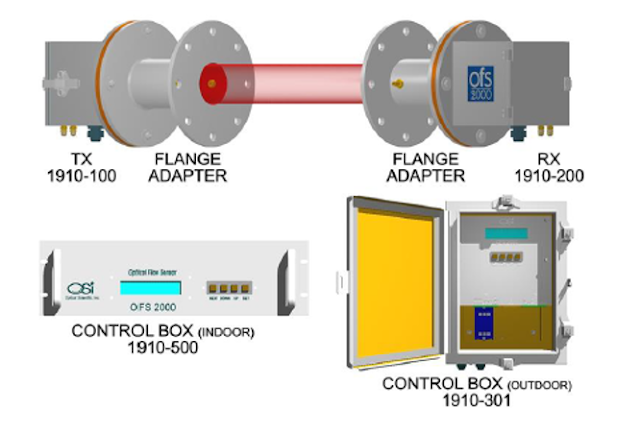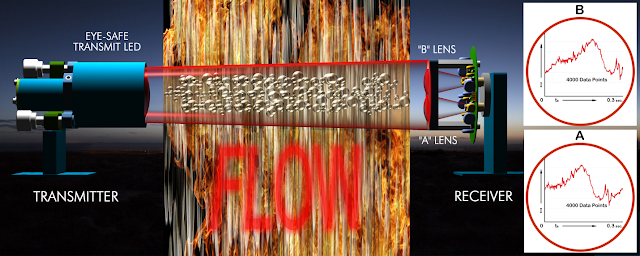Advanced Flow Sensor Technology for Emissions Monitoring in Optical Scientific Applications
In the field of optical scientific research and analysis, accurate flow monitoring is crucial for ensuring precise measurements and reliable data. One essential component for achieving this accuracy is a stack flow sensor. This blog post will explore the significance of stack flow sensors in emissions monitoring for optical scientific applications, shedding light on their working principles, benefits, and the impact they have on research outcomes.
Understanding Stack Flow
Sensors
A stack flow sensor is a sophisticated
device used to measure and monitor the flow of gases emitted from industrial
stacks or chimneys. These sensors play a pivotal role in environmental
compliance, helping researchers and engineers gather vital information about
emissions and their impact on the atmosphere. Stack flow sensors are designed
to handle a wide range of gas compositions, temperatures, and pressures,
providing accurate and reliable data for analysis.
Importance of Emissions
Monitoring
Emissions
flow monitoring is of utmost importance in optical scientific
applications, particularly in fields such as air quality research,
environmental studies, and atmospheric chemistry. By monitoring and analyzing
emissions, researchers can evaluate the impact of industrial processes, energy
production, and other sources on the environment. Precise measurements of gas
flow rates, temperature, and composition obtained through stack flow sensors
enable accurate calculations of emissions, contributing to a better
understanding and management of environmental impacts.
Working Principles of Stack
Flow Sensors
Stack flow sensors utilize
various technologies to measure the flow of emissions accurately. One common
approach is the use of thermal dispersion principles, where two temperature
sensors are employed to detect the heat transfer in a gas stream. This method
allows for the determination of gas velocity and mass flow rate. Another
approach is based on differential pressure measurement, where the pressure drops
across a known restriction is correlated to the flow rate. By employing these
principles, stack flow sensors provide reliable and precise data for emissions
monitoring.
Conclusion
Stack flow sensors are invaluable
tools in emissions monitoring for optical scientific applications. By providing
accurate and reliable data on gas flow rates, temperature, and composition,
these sensors contribute to more precise measurements, better environmental
understanding, and the advancement of scientific research in various fields.
Incorporating stack flow sensors
into optical scientific applications is a step forward in ensuring accurate
emissions monitoring and environmental compliance. These advanced sensors
provide invaluable data that enables researchers and engineers to better
understand the impact of emissions on the environment. By employing stack flow
sensors, the accuracy and reliability of scientific research in fields like air
quality, environmental studies, and atmospheric chemistry can be significantly
enhanced.
Call us at 301-963-3630
For more info visit our website:
- https://www.opticalscientific.com/




Comments
Post a Comment